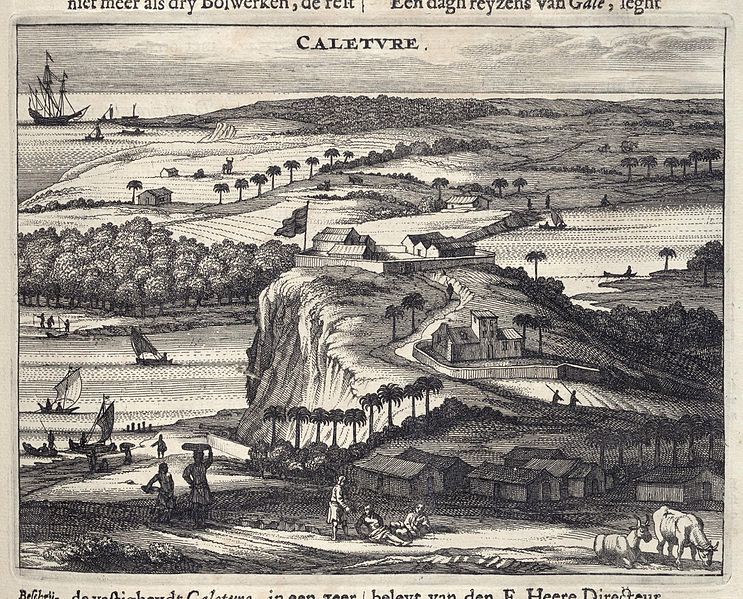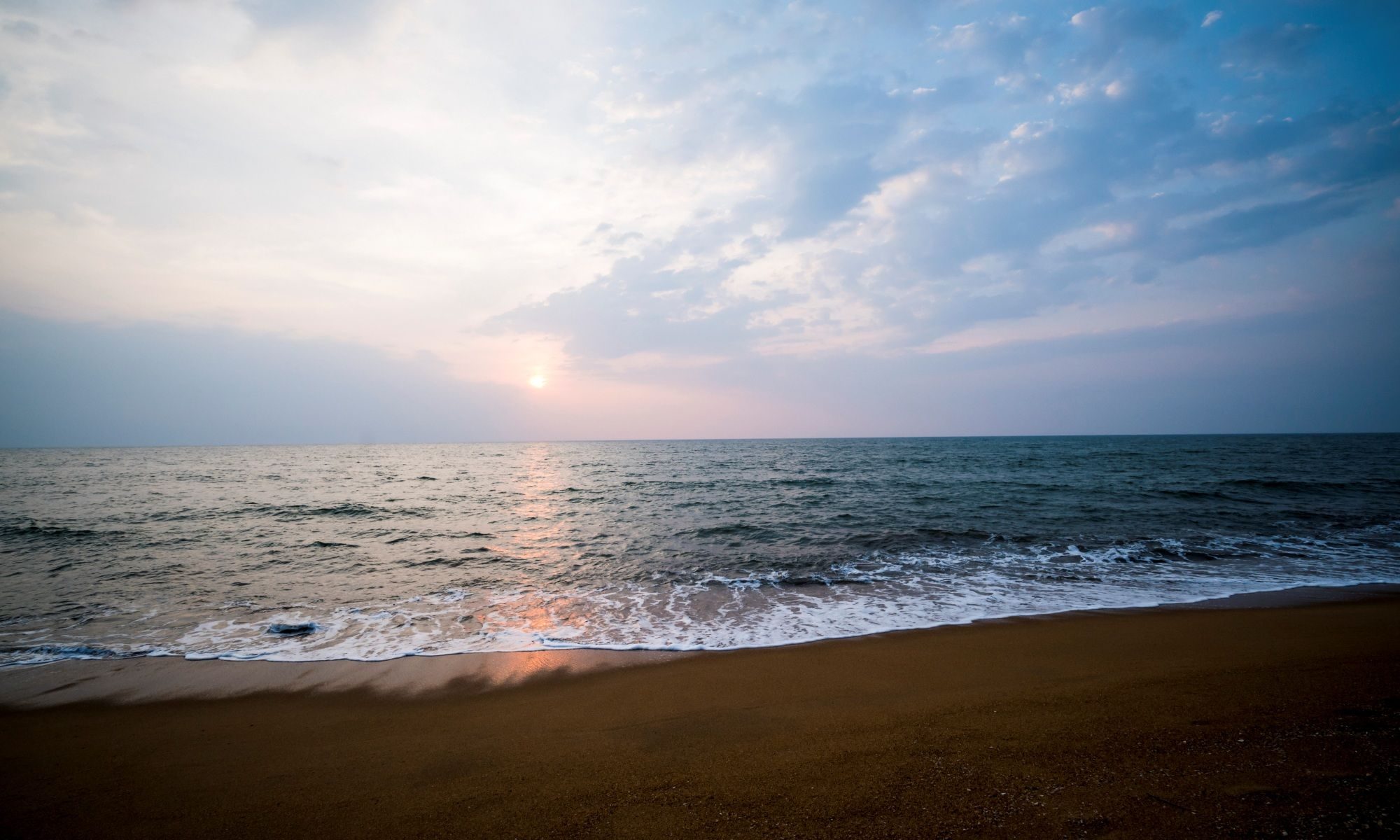I hope you are all eager to visit Kalutara Fort or searching every nook and corner of Google Maps for it right now. Sorry to shatter your plans but It doesn’t, unfortunately, exist. Read what happened to this colonial fort in Sri Lanka below…

Gangathilaka Viharaya
Kalutara has a distant history. A proud one at that. Once it was the capital of the Island under the King Vikrama Pandya for about year. He said to have planted a sapling of Sri Maha Bodhi Tree. The Kalutara Bodhi tree is still much revered by the locals. Even though the Sinhalese kings didn’t follow his suite and make Kaluthota their stronghold, they, nevertheless, facilitated the agricultural development in the region.
Gangathilaka temple had been a prestigious Buddhist institution until 17th Century. It is also mentioned in 14th Century poems such as “Thisara Sandesha Kavya” (“The Swan’s Message”).
Enter the Portuguese
In 1505 Portuguese explorer Lourenço de Almeida arrived in Sri Lanka (then Ceylon) to acquire Cinnamon, which in turn lead them to conquer the country and establish forts around the country to secure the control over Cinnamon trade.
Portuguese were cunning and brutal in their endeavor to conquer entire Sri Lanka and went on to expand their collection of ports. It was decided Kalutara was such a strategic point of transportation because of the Kalu River. Consequently, Kalutara Fort was established by completely demolishing the ancient Gangathilaka Temple in 1622.
Attacks on the Fort
Local Kings were not going to let them have it so easily, first, it was captured by King Mayadunne of the Sitawaka kingdom. His then 13-year-old son, who would later become king Rajasinghe I, led the attack. The fort was then captured by the Dutch and failed to use it properly Portuguese took this chance and re-captured the Fort.
The Dutch period
In 1655 following a siege by Dutch forces, the Portuguese commander of the fort, Anthonio Mendes de Aranha, surrendered the fort and garrison of 255 men, without a struggle. Portuguese fought hard at the beginning but the Dutch were strategic in their battle.
They surrounded all the roads to the Fort and thwarted every reinforcement garrison sent from Colombo. Portuguese fought hard but eventually, they ran out of food to survive. Hence the decision was taken to surrender the fort.
According to the documented Colonial history of Sri Lanka, the Dutch went on to revamp the fort with two bastions, ramparts, moat and a drawbridge. It is said that the Dutch governor summoned architects and imported rocks from Holland to facilitate the revamp of the Fort.
Why the Dutch wanted this fort so desperately? The Dutch East India Company (VOC) considered the importance of fort as a hub to transport goods through the Kalu River from inland and deemed it as crucial to their Cinnamon trade.
Did you know? On the land where Kalutara Buddhist Temple is located, there had been a colonial fort that was originally built by Portuguese. 🏤
Posted by Travel Kalutara on Monday, March 5, 2018
British Era and Afterwards
Upon the arrival of the British, the Fort was abandoned and later in the turn of 20th Century, it was transformed into the residence of the government agent. After the British, The Sinhala Buddhist devotees brought back the temple to the glory days it had in the times of Gangathilake temple.
Robert Percival, A British captain of 18th Irish infantry regiment visited Kalutara (Mentioned as ‘Caltura’) in December 1799. In his book “An account of the Island of Ceylon” he chronicles briefly thus.
“The fort, from its situation, is capable of being rendered a very strong post: it has however been much neglected, and is at present greatly out of repair. The command of it is given to a subaltern, who is stationed here for the purpose of over-awing the native Cinglese, and enforcing obedience to their Moodeliers or magistrates, as well as to keep up the protect the communication between Colombo and Point de Galle.”
Reference
- Ceylon and the Portuguese, 1505-1658 by Pieris, P. E. (Paulus Edward), 1874-; Naish, Richard Bryant, 1891
- An Account of the Island of Ceylon by Robert Percival, 1803
- Colonial Kalutara by Richard Boyle, The Sunday Times, 2010
- Early Prints of Kalutara and it’s Fort by J. F. R. De Fonseka

